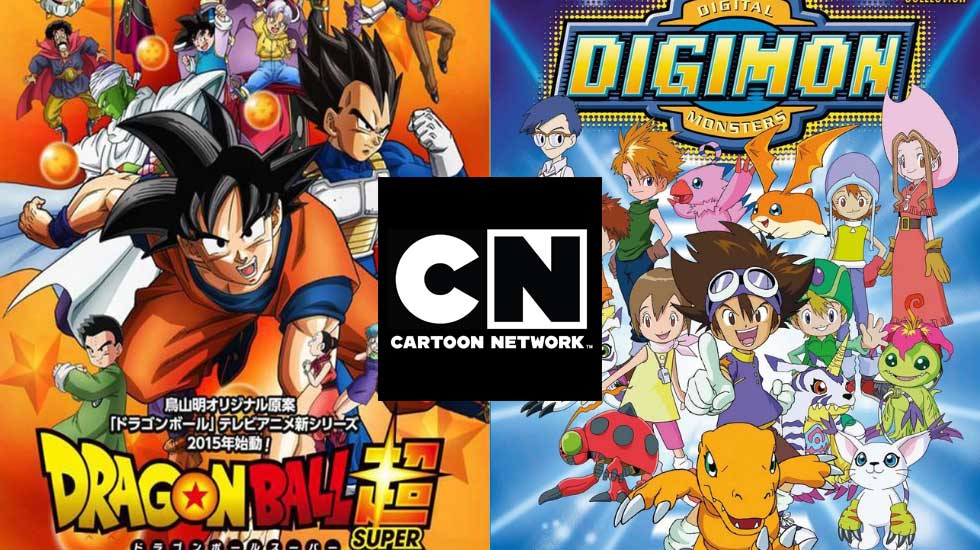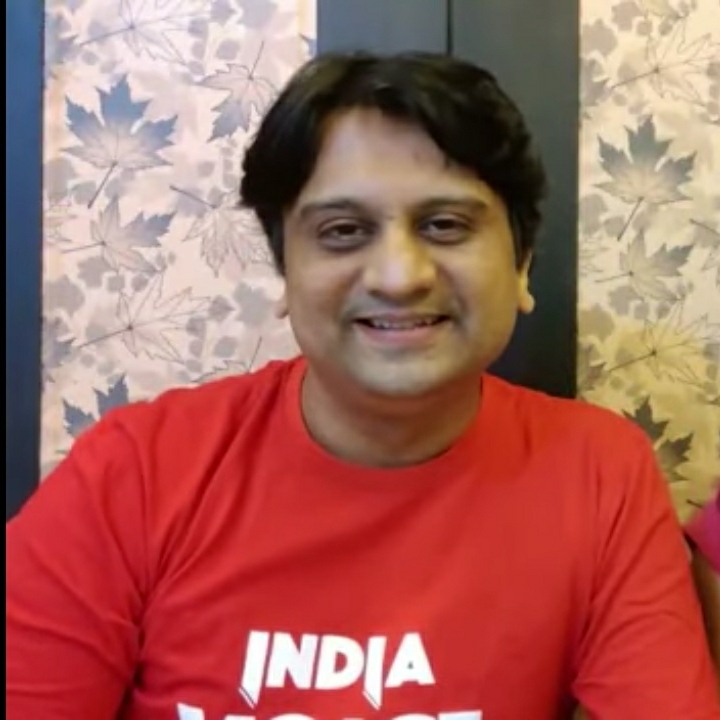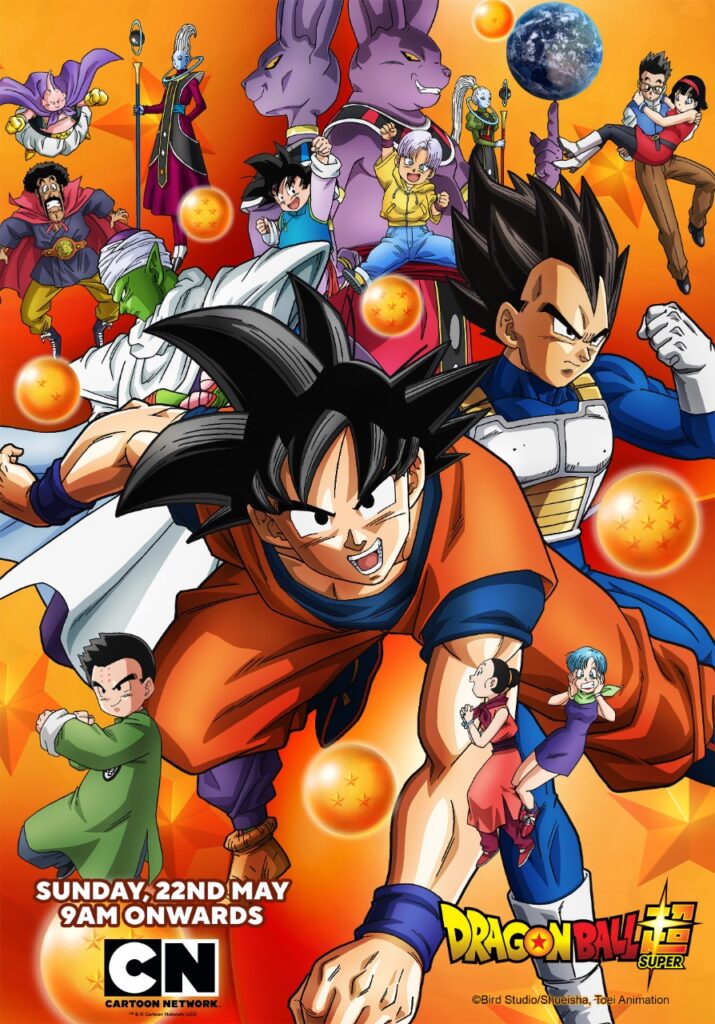
In the last couple of years, the love for anime has been growing enormously and coupled with the habit of binge-watching in pandemic, it has led to the increase in popularity of Japanese animation in India. It’s been observed that the demand for anime shows has been huge among the millennials. To cater to this demand, kids entertainment channel Cartoon Network recently launched popular anime Dragon Ball and is all set to expand its anime content library with more new shows.
Animation Xpress got in touch with Cartoon Network and POGO South Asia Network head Abhishek Dutta and Hindi voice over artist Ankur Javeri (who voiced Goku character from Dragon Ball) to know the channel plans and how they are going to deliver these classic anime titles to the Indian audience in their regional languages.
Sharing his viewpoint on the growth of anime in India, Dutta commented, “Anime in India has had a lot of followers since almost a decade when anime was introduced in India with shows like Naruto, Dragon Ball and more. The audience, who were kids at that time, are now teenagers and there are very few platforms catering to these people. In the past two to three years, with the evolution of digital platforms, these children have gotten a wide exposure to the anime content and the fan following is increasing in a constant phase. The anime consumption pattern in India also witnessed a constant growth. These audiences are becoming vocal on social media platforms to showcase their demand for anime content in India. They are demanding for making anime contents available in local languages which provides them the satisfaction and relatability.”
The channel aired the action-packed adventures of Goku and His Friends with a day-long Dragon Ball Super Sunday stunt with back-to-back episodes, which garnered tremendous response from the audience. With the maximum viewership on that Sunday, CN became the most viewed channel across the kids category. Javeri commented, “Anime has been in India for over two decades now. However, the reach has been limited since most of the audience either had to watch it in English or with subtitles. Cartoon Network has done a great job in bringing anime in regional languages and enabled people to enjoy the content in a language they understand. It was the first channel to bring anime in the early 2000s and now with additional language feeds, it is able to reach a wider audience.”
The broadcasters already launched two arcs of Dragon Ball and they have a lot of new lineups in coming months. Dutta added, “When we launched our ‘Redraw Your World’ campaign our aim was to introduce more fresh content across all the genres for all kids and anime is one of the most preferred genres. Hence we started with Dragon Ball Super and the show has amassed phenomenal responses from not just kids but even from teenagers and parents. We have a lot of focus on the anime genre and we would be launching a lot of fresh anime contents across our channels.”
The launch of Dragon Ball Super is a part of the channel’s re-energised brand promise and tagline – Redraw Your World, through which it aims to cater to the complete spectrum of kids and families including pre-schoolers, and family co-viewing. Dragon Ball Super is airing in three regional languages including Hindi, Tamil, and Telugu. On asking if the authenticity of a character is somewhat ‘lost in translation’ when it comes to dubbing, Javeri said, “If I go back 25 years, then yes, there was a difference. To make a wider audience understand the context, we used to use the terms that they could relate to. For example, we would call a hot dog as ‘vada pao’ so that everyone could understand what the character is talking about. Now, as the audience has become more aware, it is easier for us to use certain terms while dubbing as they are able to understand it.”
Further talking about dubbing vs subtitling, Javeri added, “A true lover of any show, no matter the loss in translation, would want the show to be talked about and viewed by one and all, and that’s my thinking. However, for a market like India, the majority of the audience is looking for content in their own language. And that’s true for the Hindi audience as well. The same artists and technical people that work on anime content in India work on a lot of foreign film content and original shows for OTTs and other superior channels too but that’s consumed and appreciated by the same viewers so it’s just a mindset issue I feel. The choice at the end should be left on consumers in as many ways as we can. For example, we have cartoons, live action, original created local content, Indian movies, south films, foreign films, and shows. All are dubbed and loved.”
According to reports, 66 per cent of anime fans watch anime on a pirated website. Commenting on the viewership from pirated sites, Dutta shared, “As mentioned earlier, the kids who used to watch Japanese shows like Doreamon, Ninja Hattori, Obocchama Kun, are today grown up adults. There is a lack of age appropriate content available to cater this section of audience, so these older kids depend on pirated sites to consume and watch the shows. But there is a major issue the kids face: the shows are not available in their local languages. They have to watch it in Japanese or with English subtitles. To cater to this demand, Cartoon Network and POGO are serving anime shows in local languages. Looking at the demand and the response of the shows that we have launched, I think it is going to be growing further.”
Dutta believes that viewership of pirated content can be controlled by catering to the audience with age appropriate content in their own regional languages, which would make them to depend on channels or platforms and not on any pirated sites.
Commenting on the future of anime in India, Dutta explained, “Anime has always had a great fan following in India. Most of the channels are just focusing on kids but gradually the focus is shifting towards older kids as many OTT platforms cater to this genre. The success of Dragon Ball Super solidifies bringing in more anime shows to the channel as anime has gripping narratives and it is more relatable to kids. Kids always lookout for relatable and fun oriented content which will make anime consumption grow in India.”
Cartoon Network and POGO are all set to launch four more new arcs of Dragon Ball and new shows like Digimon Adventure and Yo-kai Watch in the coming months.



